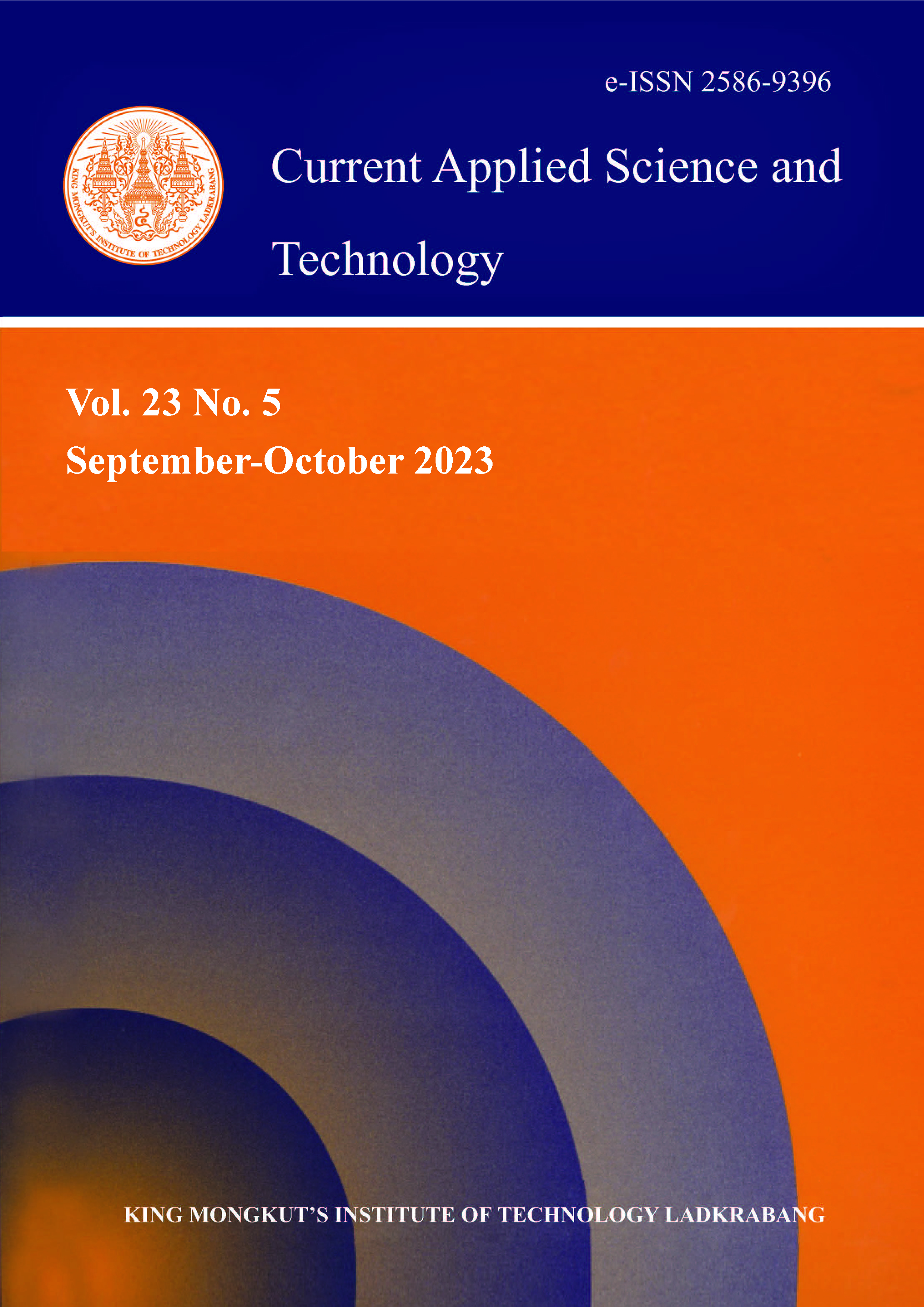Self-cleaning textiles can be divided into three categories, which are the physical, chemical, and biological self-cleaning types. Physical self-cleaning refers to the lotus effect, which relates to the hydrophobic properties of the textile. Chemical self-cleaning is the degradation of color stains, discolored solutions and other organic species that come into contact with textiles. The last is biological self-cleaning, which is the ability to kill bacteria that become attached to the textiles. In this research, the development of all three self-cleaning properties of polyester textile coated with zinc oxide nanoparticles/ polydimethylsiloxane (ZnO/ PDMS) composite was focused. The ZnO nanoparticles were synthesized by a hydrothermal process, which involved blending PDMS with various concentrations of ZnO nanoparticles. The polyester textile was coated with ZnO/ PDMS composite solution via a dip coating technique done with various dipping times. The lotus effect, which depends on hydrophobic properties, was analyzed by water contact angle measurement. The chemical self-cleaning of the polyester textile was examined by photocatalytic methylene blue dye degradation with UV-Vis spectrometry. The inhibition zone of antibacterial activity was tested via disc diffusion technique. From these results, it was found that the polyester textile coated with ZnO/PDMS composite demonstrated all self-cleaning properties, physical, chemical and biological, in a significantly way.
Keywords: self-cleaning; ZnO/PDMS; polyester; textile; composite
*Corresponding author: Tel.: (+66) 840996582
E-mail: wantana.k@sci.kmutnb.ac.th
Wirunchit, S. ., Wonganan, N. ., & Keardniyom*, W. . (2023). Multi Self-cleaning Properties of Zinc Oxide Nanoparticles/ Polydimethylsiloxane (ZnO/PDMS) Composite on Polyester Textile. CURRENT APPLIED SCIENCE AND TECHNOLOGY, DOI: 10.55003/cast.2023.05.23.015 (12 pages). https://doi.org/10.55003/cast.2023.05.23.015


https://cast.kmitl.ac.th/doi/10.55003/cast.2023.05.23.015